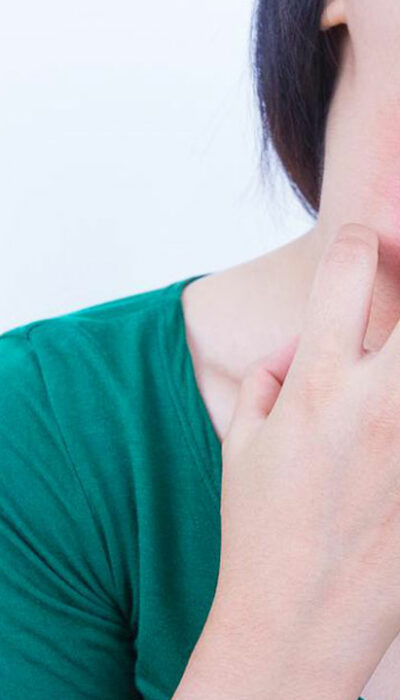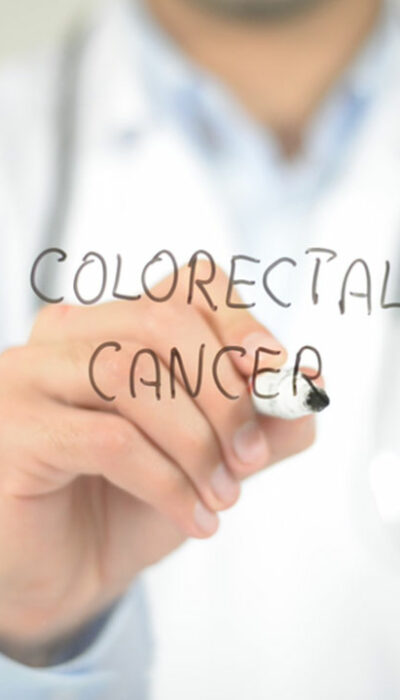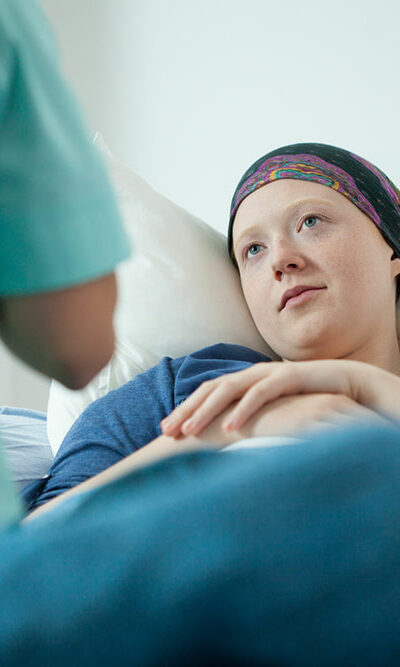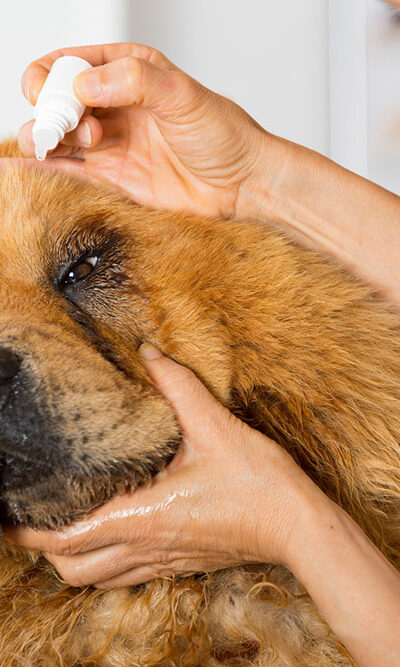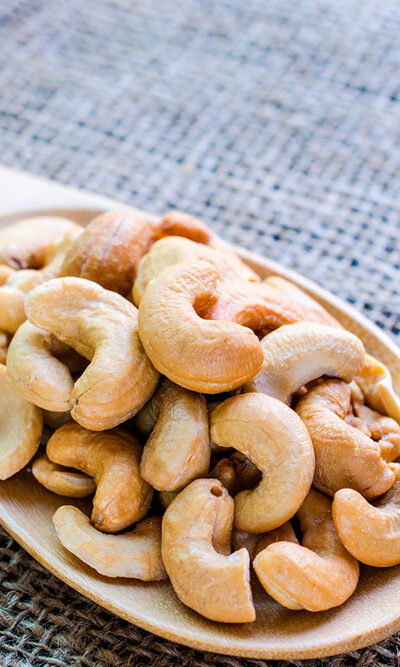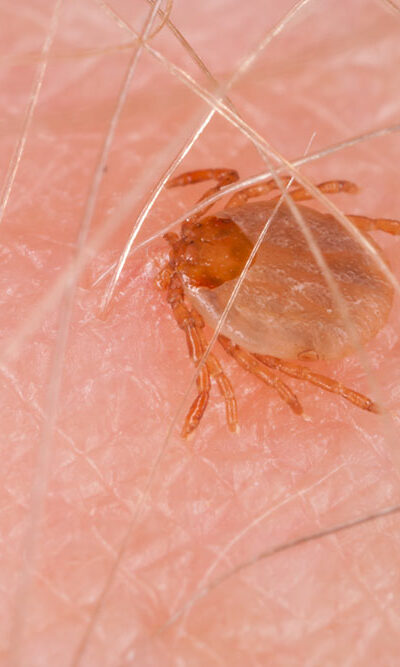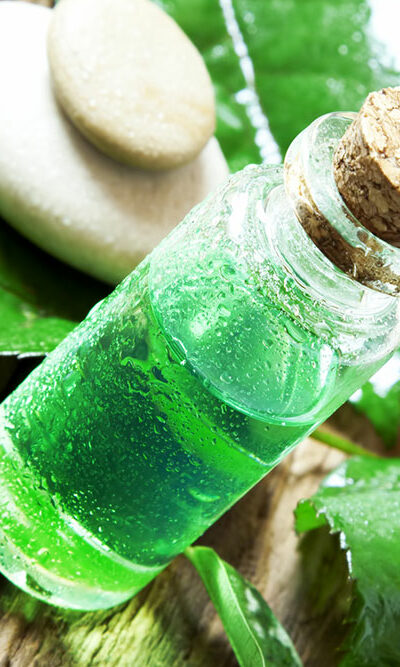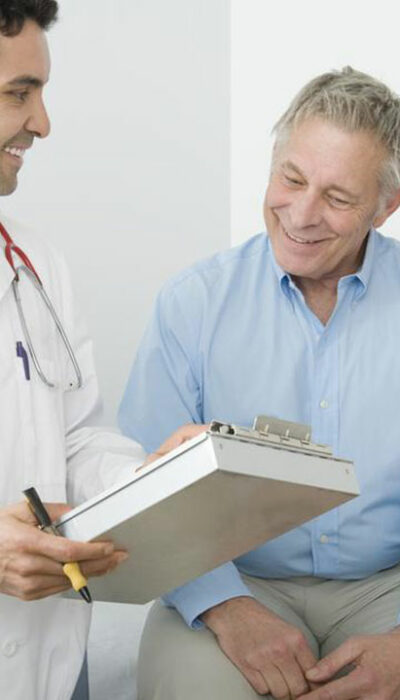
Peyronies Disease – A Complete Overview
Peyronie’s disease is a penis related disease that occurs when a scar tissue shapes up inside the penis. This tissue is called plaque and is formed as a result of any injury inside the penis, that may cause internal bleeding. Some of the causes include Vitamin E deficiency, increase in serotonin levels and even due to the intake of beta B medications. In certain cases, the genetic disorder could also be a factor. The penis of a man may either bend upwards or even to either of the sides. Men suffering from Peyronie’s have trouble while having sex, like feelings of uneasiness and anxiety. Peyronie’s generally occurs in middle-aged men, and it’s a rare disease that occurs in around 1% to 8% men. Symptoms Of Peyronie’s Disease Symptoms of Peyronie’s disease include: Pain while getting erection Pain while having sex Bending of penis Soft erections Shortening of penis Incapability of having intercourse Stress Reducing The Risk Of Peyronie’s Disease There are certain lifestyle changes that need to be adopted, to keep away Peyronie’s Disease. They include: Give up smoking Exercise or Yoga Minimizing alcohol intake Stop the intake of any non-prescribed drugs Peyronie’s Disease Treatment Treatment for Peyronie’s disease may vary from person to person, depending on the magnitude of the problem they are experiencing. Sometimes if the pain is not severe, and erectile functioning is not much of a problem, doctors suggest doing nothing, but wait. Sometimes, this problem fades away with time. In case you don’t get any relief, other options can be tried. Penis Injections for Peyronie’s Disease Treatment Collagenase : This the only medicine that is FDA approved, for treating Peyronie’s disease. It is also known as Xiaflex and it can be prescribed to men with moderate, or severe bending of the penis. Though the effectiveness of this drug requires additional research, this type of injection helps in breaking down of collagen concentration, that causes the penis to bend.
